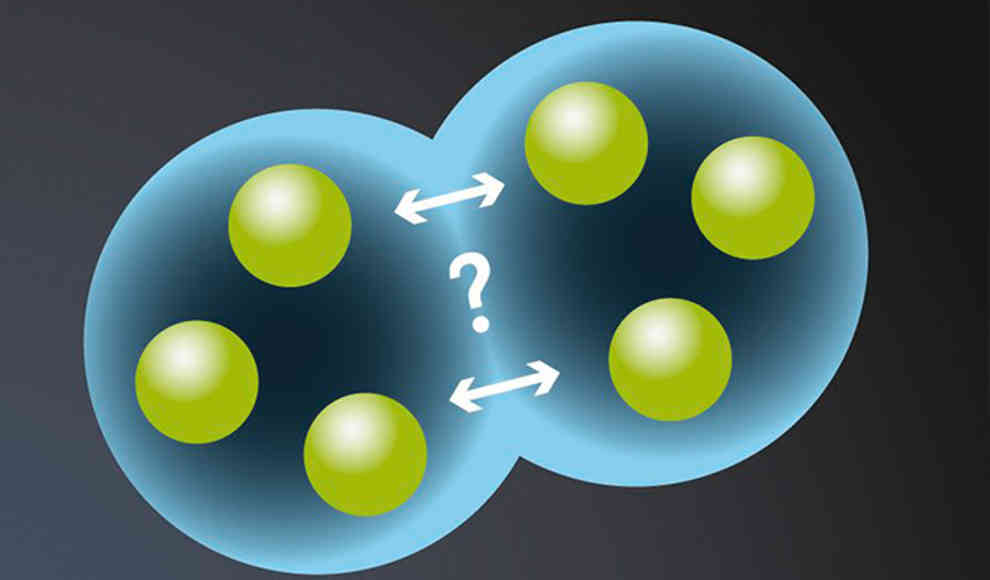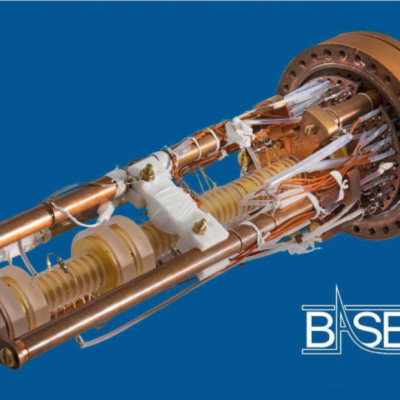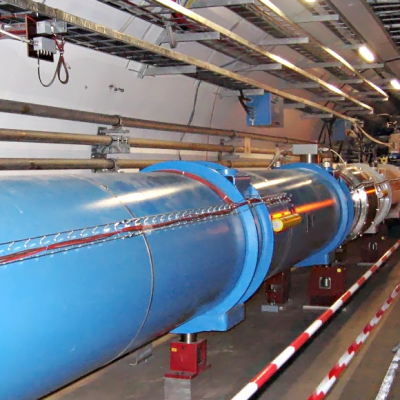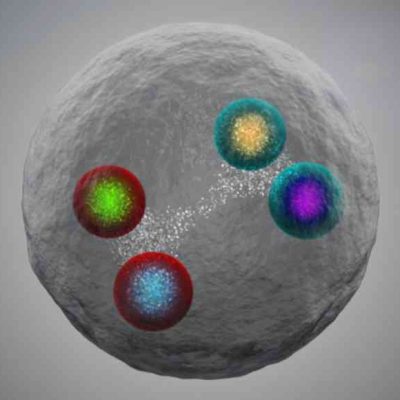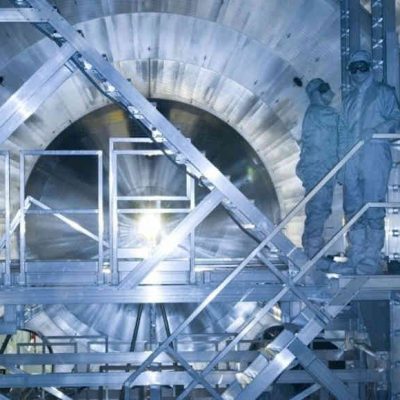Physicists have made a groundbreaking discovery by detecting exotic matter made up of six quarks, a significant step forward in particle physics. Normal matter is made up of a maximum of three quarks, but the detection of matter in an intermediate state made up of six quarks opens up a whole new field of study. Previously, physicists could only reproduce two different classes of hadrons: volatile mesons made up of a quark and an antiquark, and baryons made up of three quarks, including protons and neutrons that make up all known types of atomic nuclei. However, in recent years, there have been indications that there could be other types of hadrons, such as hybrids, glueballs, or multiquarks.
In 2011, experiments at the COSY accelerator at the Jülich Research Center for Nuclear Physics provided the first indications that exotic matter made up of six quarks could exist. These dibaryons are extremely short-lived and can only be detected through their decay products. The short intermediate state in which the exotic matter exists lasts only a hundred trillionth (10 to the power of -23) of a second. The measurements made in 2011 were already very precise, but because the experiments could not be repeated at any other accelerator in the world, a new experiment was devised to confirm the results.
In the new experiment, physicists bombarded a proton with polarized nuclei of heavy hydrogen, known as deuterons, with a strength of 2,380 megaelectronvolts, the energy range at which previous experiments had already produced exotic matter. When the exotic intermediate state occurs, it changes the angle at which the collided particles fly apart. This can be precisely measured and detected at the COSY accelerator. The new experiment shows that everything points to the presence of exotic matter, which the physicists have named d+(2380). However, the question remains whether all six quarks form a single particle or a hardronic molecule. If this complex exotic matter exists, it opens up a whole new area of particle physics.


